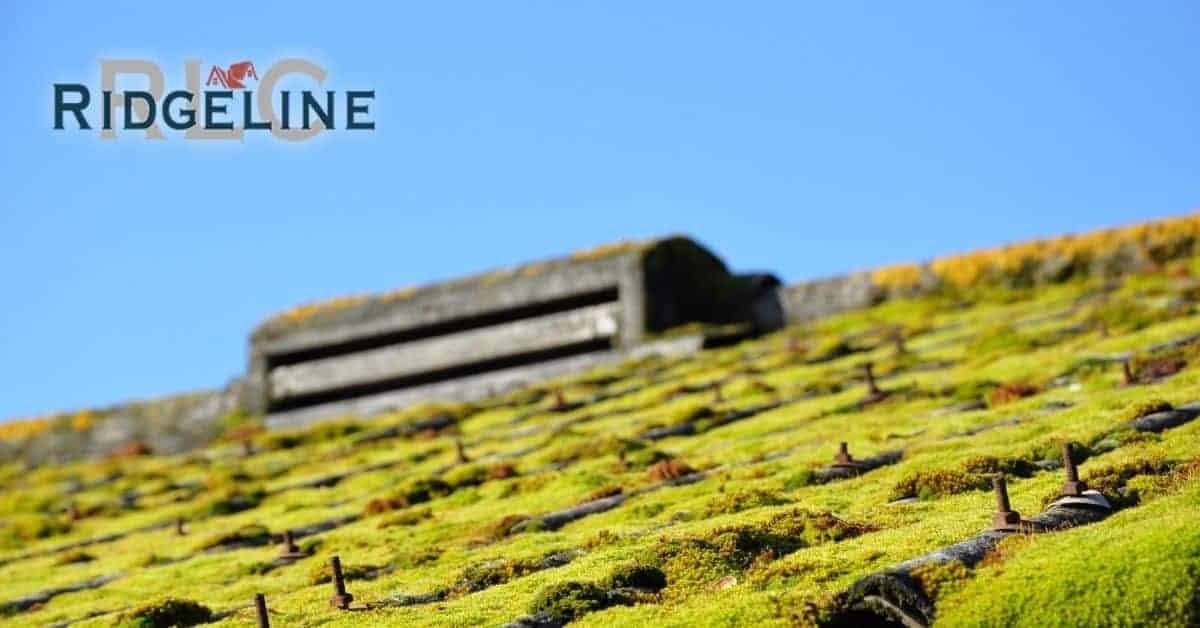How Does Moss Affect Your Roof?
If you notice moss growing on your roof, you may be wondering if it’s an issue that needs to be tended to, or if it’s something you can handle when you get the time. A little moss won’t hurt, right? Well, unfortunately, that’s not the case. Moss can have a big impact on how your roof functions and protects your home. Here is everything you need to know when it comes to how moss affects your roof.
How Do You Get Moss On Your Roof?
The main question you may be wondering is how did it get there in the first place? Moss tends to pop up when there is a cool and damp environment present. This environment is usually created by the shade of the trees surrounding your home. Unlike typical plants that absorb water through their roots, moss absorbs water through its leaves. Moss also has spores. Once these spores reach your roof and fall into the cracks, moss will begin to grow in clusters.
How Do You Prevent The Growth Of Moss On Your Roof?
So you know how it gets there, but how do you prevent it? The best way is to limit shade and anything that causes excess moisture. The simplest and most cost-effective way to do this is to have someone trim back the trees surrounding your home, keep your gutter clean and debris-free, and consistently check your downspouts to make sure they are draining correctly.
Are There Specific Roof Types That Help?
If you’re looking for an option that takes away the work for you, there is a pricier alternative. You can have a copper or zinc roof installed. Copper and zinc roofs are effective at preventing moss, however, they are very rare and will likely be a large investment. Consider adding zinc and copper coating strips until you’re able to get a new roof.
What Will Happen If Moss Is Left Untreated?
The longer you leave moss untreated, the more it will spread. Whenever it rains, the moss that is currently on your roof will absorb the moisture, and continue to spread. As moss reaches all of the cracks between shingles, it will begin to loosen the shingles, which will increase the potential for leakage and water damage. Once your shingles are out of place, your roof is left unprotected by weather events. Moss can also eventually turn into mold if left untreated, which comes with a plethora of health-related risks.
How Do I Remove Moss From My Roof?
If you caught moss on your roof before it spread, there are easy solutions to remove the moss. If the moss has been there for a long period of time or has spread to the entirety of your roof, you may need to consider hiring a professional to help. Here are some steps you can take to remove moss from your roof, as provided by Prudent Reviews.
Step 1: Wet the moss by spraying it with your hose. Use a low-pressure setting on your spray nozzle to avoid damaging your shingles.
Step 2: Create a 50/50 mixture of chlorine bleach and water and spray it generously on the moss. Wear rubber gloves to avoid exposing your skin to the bleach.
Step 3: Be patient. Allow the mixture to sit for approximately 30 minutes. During this time, the chemicals are killing the moss and loosening its grip on your roof. The mixture will run off your roof and into your garden below so, before you spray, cover any plants you wish to keep alive.
Step 4: After 30 minutes, rinse the mixture off with your hose on a low-pressure setting. The moss won’t come off your roof immediately but, within a few days, it will dry up and blow off with the wind. If your roof is pretty well-covered in moss, you might need to use a leaf blower to blow off the remains.
If you experience damage to your roof due to moss, contact the professionals at Ridgeline Construction to repair the damage.


